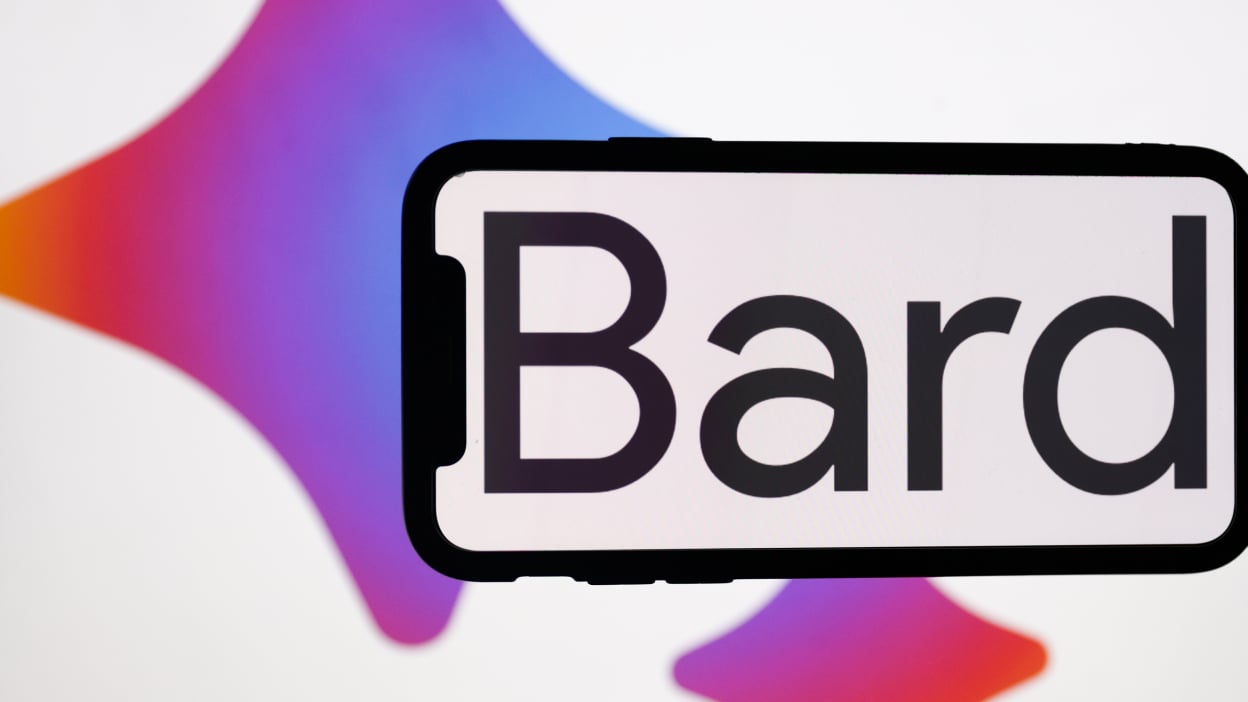In a move that could significantly impact both content consumers and creators, Google has enhanced its AI chatbot, Google Bard, to watch YouTube videos and provide specific information about their content. This latest feature is aimed at offering users a time-saving way to access crucial details within videos without having to sit through them. While this innovation has the potential to revolutionize the way we engage with YouTube content, it also raises concerns about the livelihoods of content creators who rely on views for income.
Enhanced YouTube analysis feature
Google Bard’s YouTube analysis feature has received a substantial upgrade, allowing users to request specific information from videos. For instance, if you are watching a recipe video, you can now ask Bard how many eggs are required for the recipe. This enhancement enables users to get quick answers to their queries without having to search for the relevant information within the video.
According to Google, the motivation behind this upgrade is to provide users with “deeper engagement with YouTube videos.” It aims to make the viewing experience more informative and efficient by directly answering questions related to video content.
How to utilize Google Bard for YouTube video analysis
To take advantage of this new feature, users need to visit the Bard website and access the Extensions section, indicated by a splat-shaped icon at the top right of the page. Within Extensions, users can integrate Google Bard with various Google services, including Google Flights, Google Hotels, Google Maps, Google Workspace, and YouTube. The YouTube integration should already be enabled by default.
Once integrated, users can ask Google Bard plain language questions related to YouTube videos. For example, you can inquire, “Show me a YouTube video on how to make scrambled eggs,” and follow up with, “How many eggs does the recipe have?” Bard will then provide you with the relevant information from the video, eliminating the need to manually search for it within the video’s content.
It’s important to note that Bard currently provides answers to specific questions about the video but does not offer the entire recipe or content of the video. However, it embeds the video itself, allowing users to watch it if desired.
Implications for content creators
While Google Bard’s ability to extract information from YouTube videos offers convenience to viewers, it also raises concerns for content creators, particularly those who rely on video views as a source of income. Recipe videos, for example, often include additional content to generate advertising revenue. By bypassing the actual video content and directly providing information, Google Bard may inadvertently discourage users from watching the entire video, potentially affecting content creators’ revenue streams.
The question arises as to who will financially support content creators if viewers increasingly rely on AI tools like Google Bard to extract information without engaging with the video content. This concern highlights the ongoing challenge of sustaining content creation in an environment where user engagement is essential for creators’ livelihoods.
Google’s AI chatbot, Google Bard, has introduced an advanced feature that enables users to extract specific information from YouTube videos efficiently. While this innovation offers convenience and enhances user engagement, it also raises concerns about the potential impact on content creators who depend on video views for income. As AI tools like Google Bard continue to evolve, the balance between user convenience and content creator sustainability remains a pressing issue within the online content ecosystem. The future may hold further developments and discussions regarding how to support content creators in an AI-driven viewing landscape.





